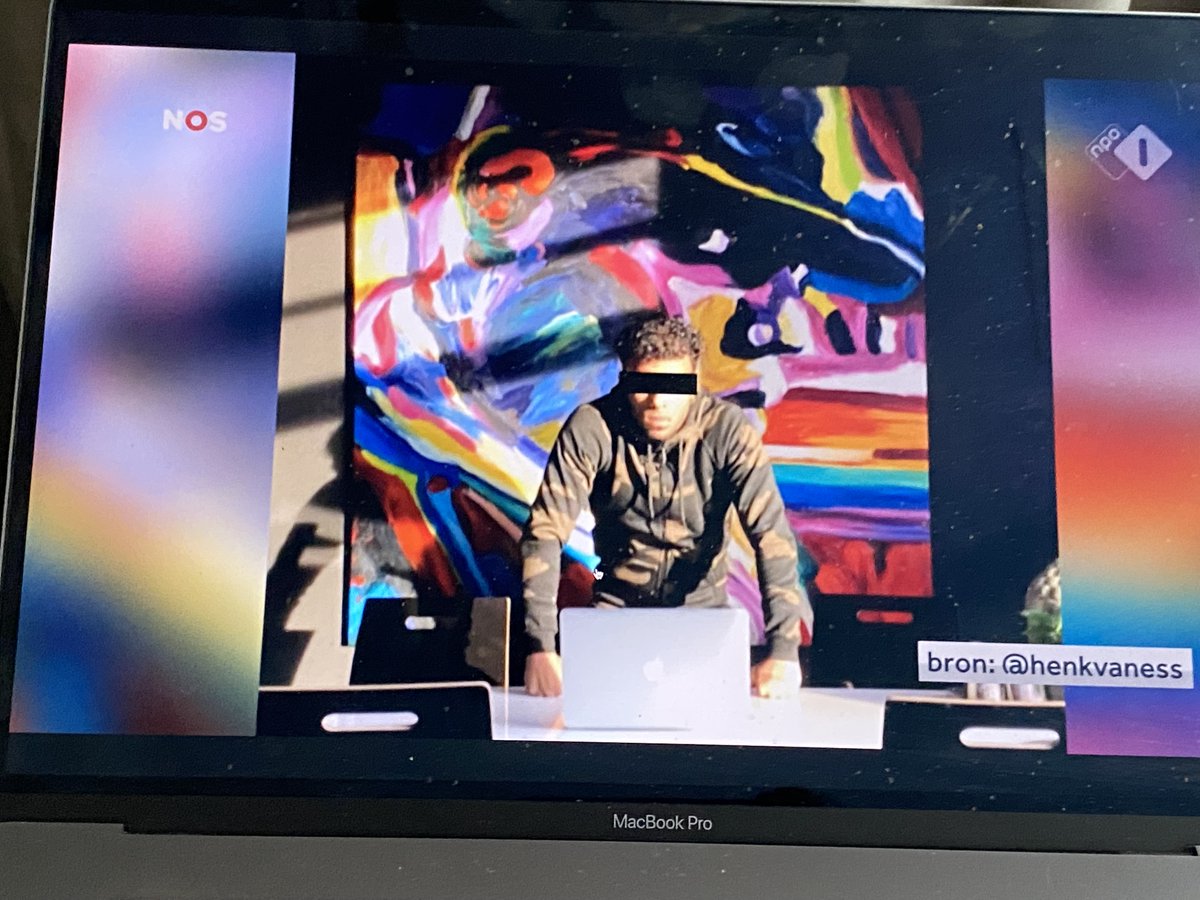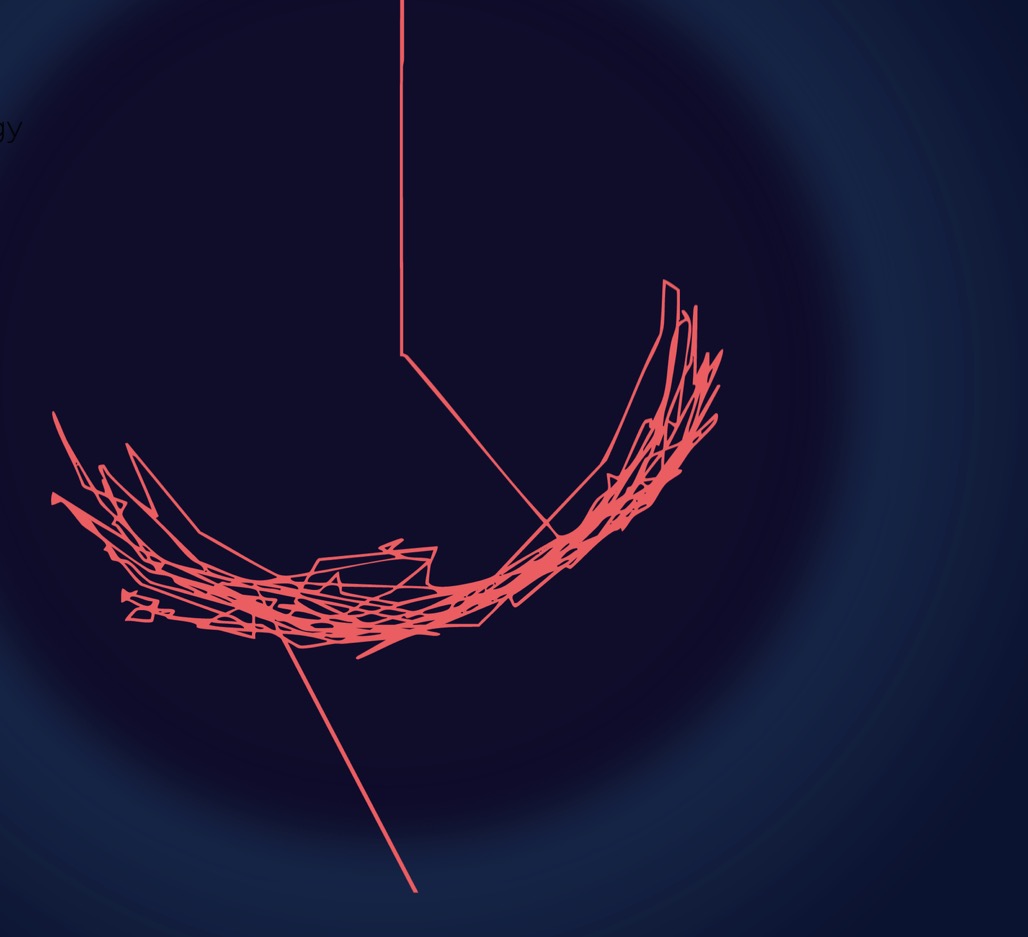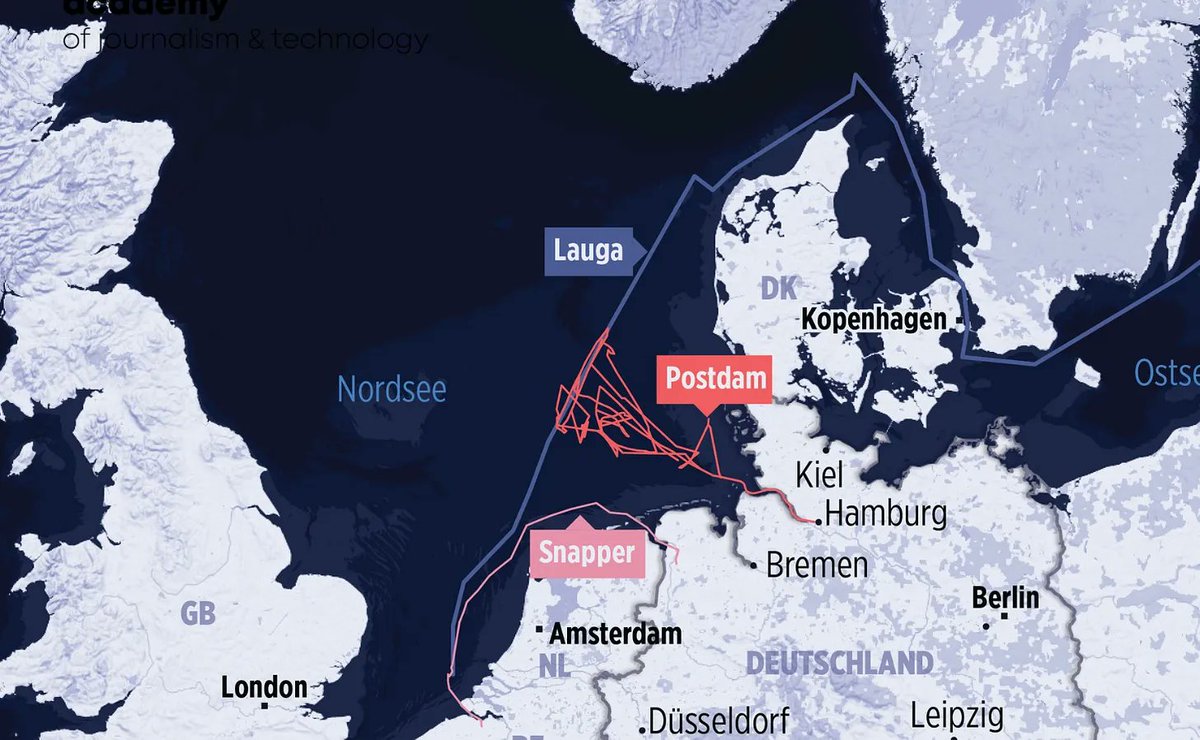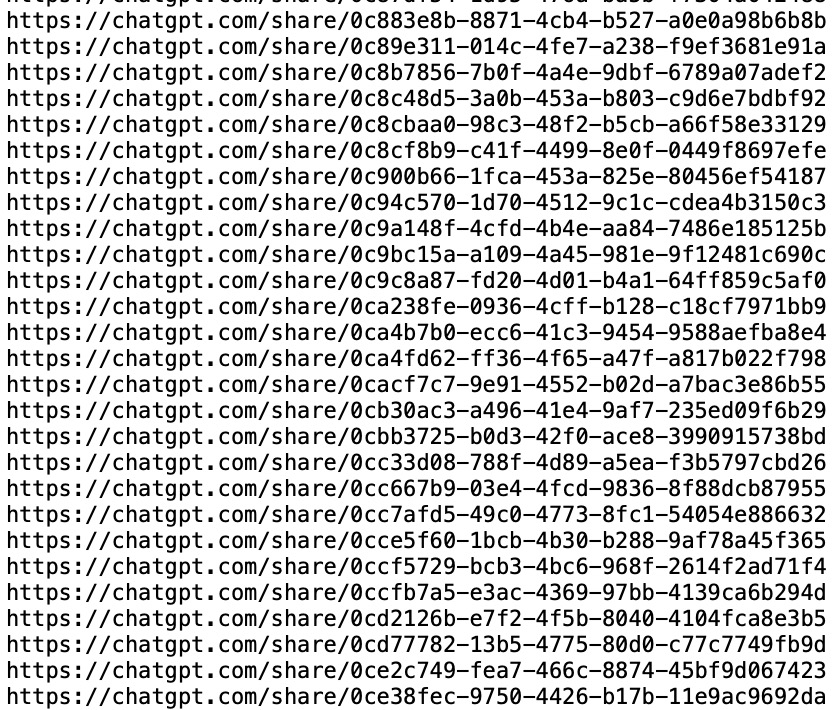A possible suspect of the attack of @PeterRdeV is a 21-year-old rapper, some media say. Here is a photo, unverified, of him as a 14-year-old boy, watching So you Think You Can Dance, RTL 5. RTL is the same station as the victim is working for. (1/...) 

His former company was into dancing, to be precise, into "singing, giving performances, dancing, and production". The company was only dissolved recently, on May 27 of 2021 (2/...) 

I found this, not yet published picture, by cross-referencing his e-mail address, found in the chamber of commerce in NL, with known databases. He used this photo for a Gmail account (3/...) 

There are also some clues in the photo which help you to find the precise location. Anyway, that's it for now, just showing once more the wonders of #osint without hopefully hindering actual police work (5/..)
If you want to learn those skills yourself, start with a book of inteltechniques.com/book1.html (6/6)
Dutch public tv station @nos just quoted this tweet in 20.00 news. I wrote @nosnieuws, tnx for spotting this error @bits2read ! (7/7) 

OK! I think I got my facts straight now. The suspect of the attack on Dutch reporter indeed did not compete in SYTYCD but SYTYCD Next Generation, where younger people are allowed. Here is some proof from his own Twitter account (8/…) 

Compare en.wikipedia.org/wiki/So_You_Th… with en.wikipedia.org/wiki/So_You_Th…, and you will notice that the second link backs up the suspects claim from my last tweet. There were two Delano’s : one in 2012 and our suspect , in 2013 . Hence I retract my retraction! (9/..)(I was a bit too careful )
He was not 14 during the taping, but 13, based on Dutch data. The guy did a hip-hop solo but never made it to the final studio show (10/...) 

The at that time RTL presenter @liekevanlexmond with the 13 year old hip hop dancer who is now suspect. What a tragic story this is (11/…) 

• • •
Missing some Tweet in this thread? You can try to
force a refresh




















